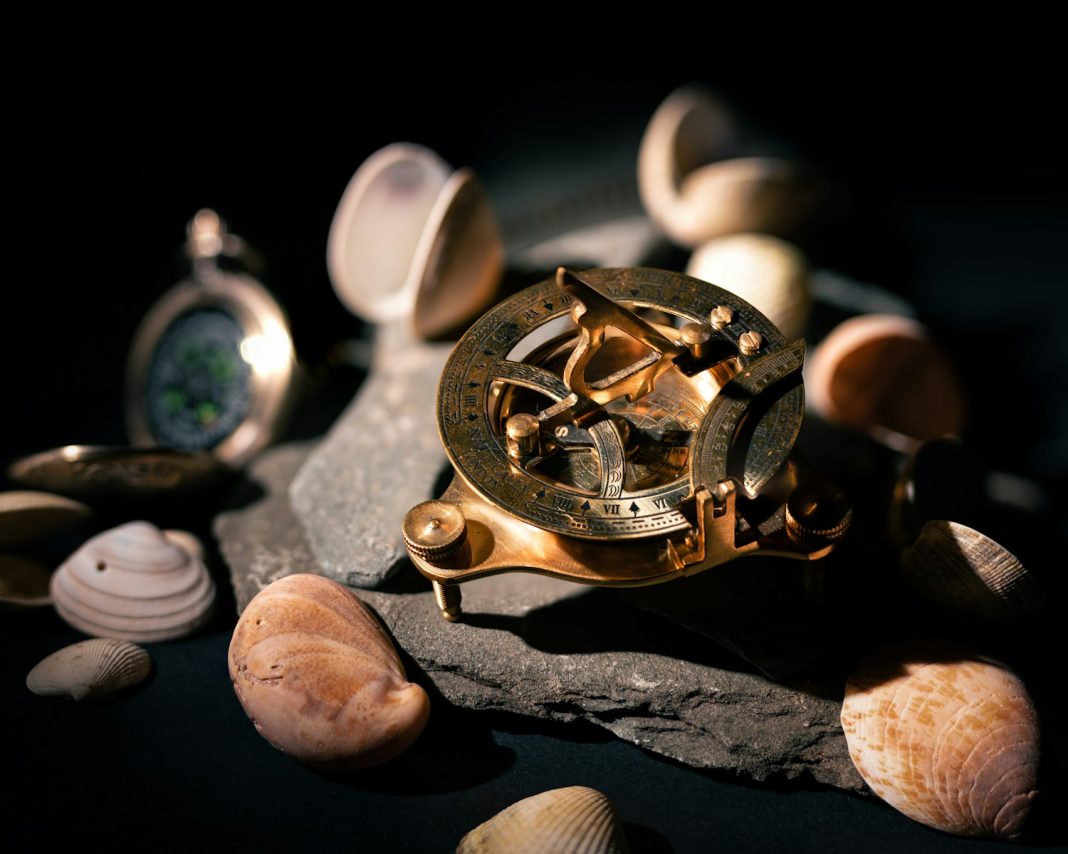In recent years, the jewelry industry has faced growing scrutiny regarding its environmental and ethical implications. Traditional jewelry production often involves the extraction of precious metals and gemstones, practices that can have detrimental effects on the environment, local communities, and workers. As consumers become increasingly aware of these concerns, the demand for sustainable jewelry has surged. But what does it mean to create jewelry that is truly sustainable, and why should we make the shift toward it now?
Sustainable jewelry is not just about using eco-friendly materials or ethical sourcing practices; it’s about reshaping an entire industry. As people become more conscious of the long-term impacts of their purchases, the jewelry world must adapt. In this essay, we will explore why sustainable jewelry is necessary, the benefits it offers, and how we can make more responsible choices when buying or creating jewelry.
The Environmental Impact of Traditional Jewelry
The jewelry industry, especially when it comes to precious metals and gemstones, has long been linked to destructive environmental practices. Gold mining, for instance, is one of the most environmentally harmful industries in the world. Mining operations often result in deforestation, habitat destruction, and water contamination. In many parts of the world, gold mining uses toxic chemicals like mercury and cyanide to extract precious metals, which can leak into surrounding ecosystems and poison both wildlife and local communities.
Similarly, diamond mining is notorious for its environmental damage. The extraction of diamonds involves extensive earth-moving machinery and energy consumption, not to mention the carbon emissions produced during the mining and transportation processes. In some cases, mining operations have been linked to significant social harm, including the displacement of indigenous peoples and exploitation of workers.
These environmental and social consequences highlight the importance of shifting toward sustainable jewelry practices. Traditional methods of jewelry production often come with a heavy cost to the planet, and it’s increasingly clear that consumers cannot afford to overlook these impacts.
Ethical Concerns in the Jewelry Industry
The ethical issues surrounding jewelry production go beyond environmental degradation. One of the most pressing concerns is the human cost of traditional mining practices. In many developing countries, workers in the mining industry face hazardous working conditions, low wages, and little regard for their safety or well-being. Child labor is also prevalent in certain areas where gemstones and precious metals are mined, further exacerbating the ethical dilemma.
One infamous example of this is the “blood diamond” trade, in which diamonds mined under dangerous and exploitative conditions have been sold to finance armed conflicts in war-torn regions. While the diamond industry has made strides with initiatives like the Kimberley Process, which aims to reduce the flow of conflict diamonds, challenges persist. Many diamonds still enter the market through unregulated channels, making it difficult for consumers to know whether the jewelry they buy supports unethical practices.
Sustainable jewelry takes these concerns seriously by focusing on fair labor practices, transparent sourcing, and community engagement. Jewelry brands that embrace sustainability aim to ensure that their products are sourced ethically, with workers paid fairly and working in safe conditions. This focus on ethics helps to mitigate some of the most severe social issues associated with traditional jewelry production.
What Makes Jewelry Sustainable?
Sustainable jewelry is about more than just using recycled materials or ensuring ethical sourcing; it’s about rethinking the entire process of creating jewelry, from design to production to end-of-life considerations. There are several key factors that define sustainable jewelry:
- Ethical Sourcing: Sustainable jewelers ensure that the materials they use—whether metals, stones, or other elements—are ethically sourced. This means ensuring that mining operations meet fair labor standards, protect workers’ rights, and do not cause undue harm to local communities. In some cases, this may mean sourcing materials from smaller, more transparent operations, where the journey from mine to market is traceable.
- Recycled and Upcycled Materials: One of the most significant ways sustainable jewelry reduces its environmental footprint is by using recycled or upcycled materials. Instead of relying on newly mined resources, sustainable jewelers use metals and gemstones that have been reclaimed from old jewelry, electronic waste, or other sources. This process reduces the need for new mining, lessens energy consumption, and minimizes the environmental impact of extraction.
- Eco-friendly Manufacturing Practices: Sustainable jewelry brands often adopt environmentally friendly production methods that reduce waste, minimize energy use, and avoid harmful chemicals. This could involve using non-toxic alloys, reducing the carbon footprint of the manufacturing process, or choosing local production to reduce transportation emissions.
- Longevity and Durability: Jewelry that is designed to last a lifetime rather than become disposable also fits into the sustainable category. High-quality craftsmanship and timeless design help ensure that pieces are cherished and passed down through generations, reducing the need for fast fashion and encouraging sustainable consumption.
- Transparency and Certification: Many sustainable jewelers are committed to transparency, offering detailed information about their supply chains, materials, and production methods. Certification from independent organizations, such as Fairmined or the Responsible Jewellery Council, further helps to ensure that jewelry meets strict environmental and ethical standards.
The Benefits of Sustainable Jewelry
Sustainable jewelry offers a wide range of benefits, both to the consumer and to the planet. These benefits go beyond just the ethical and environmental aspects and touch on personal, economic, and even aesthetic considerations.
- Reduced Environmental Impact: By opting for jewelry made from recycled materials or ethically sourced resources, consumers can significantly reduce their environmental footprint. This is a crucial step in addressing the larger issues of resource depletion and environmental degradation caused by traditional mining practices.
- Empowering Artisans and Communities: Ethical sourcing and fair labor practices ensure that the people involved in the creation of jewelry are paid fairly and work in safe, healthy conditions. By supporting sustainable brands, consumers are helping to empower artisans and mining communities and contribute to social progress.
- Supporting Innovation and Ethical Business Practices: By choosing sustainable jewelry, consumers can encourage companies to continue innovating and adopting ethical business practices. As demand for sustainable options increases, more companies will feel pressure to move away from harmful practices and invest in more sustainable methods.
- Aesthetic Appeal: Sustainable jewelry is not just about function; it’s also about beauty. Many sustainable jewelers focus on creating designs that are both visually appealing and environmentally responsible. Whether through the use of unique materials, innovative designs, or vintage stones, sustainable jewelry often offers one-of-a-kind pieces that are as stunning as they are ethical.
- Investment in Longevity: Sustainable jewelry is built to last. Instead of disposable, fast-fashion accessories that need to be replaced every season, sustainable jewelry is made with durable materials and expert craftsmanship. This means that consumers can enjoy their pieces for years to come, making them a long-term investment rather than a short-lived trend.
Making the Change
The shift toward sustainable jewelry is not just a trend; it’s a necessity for the future. As consumers, we have the power to drive this change by making more informed choices and demanding transparency from the brands we support. Whether you’re purchasing a new piece of jewelry or considering how to recycle or upcycle old pieces, there are plenty of ways to participate in the sustainable jewelry movement.
Start by educating yourself about the jewelry brands you buy from. Look for those that provide transparent information about their sourcing, production, and labor practices. Consider purchasing from jewelers who use recycled materials or support ethical mining operations. If you have old jewelry lying around, think about repurposing or upcycling it rather than letting it sit unused.
In the end, the shift to sustainable jewelry is not just about changing the way we buy—it’s about changing the way we think about jewelry. When we prioritize sustainability, we help create a future where beauty and ethics coexist, and where the jewelry industry no longer harms the planet or its people.


